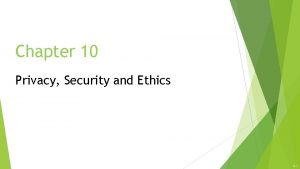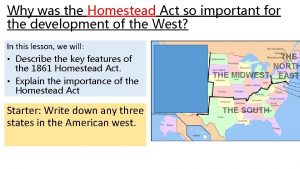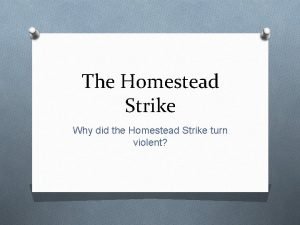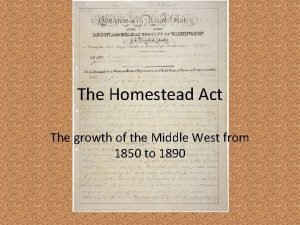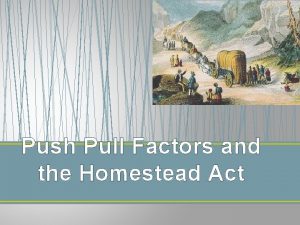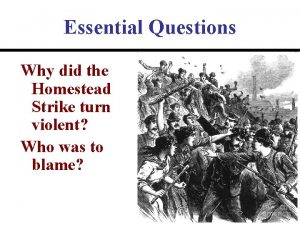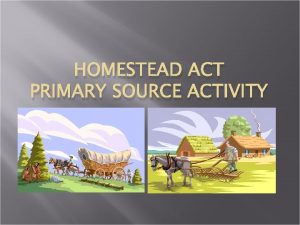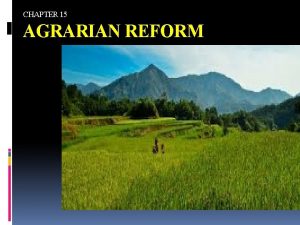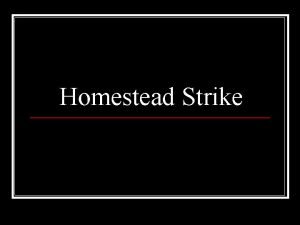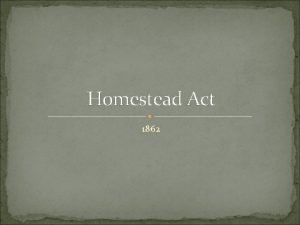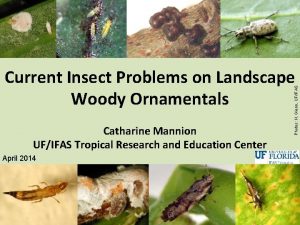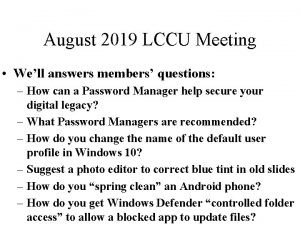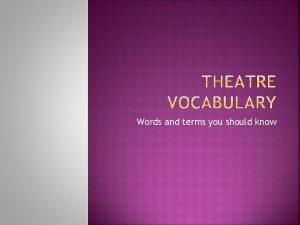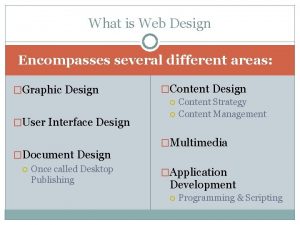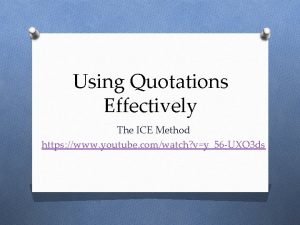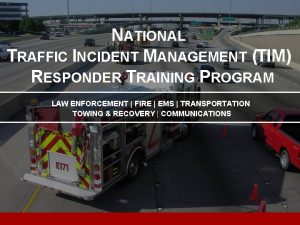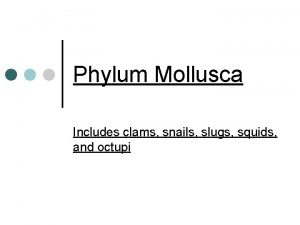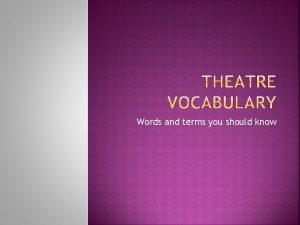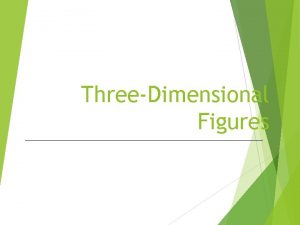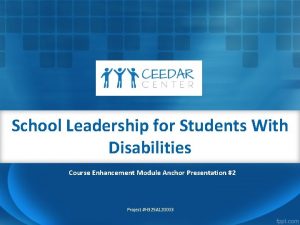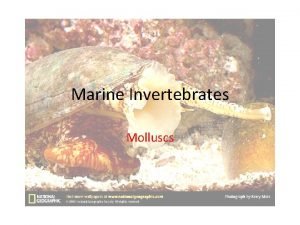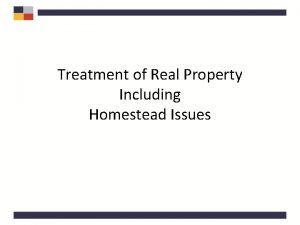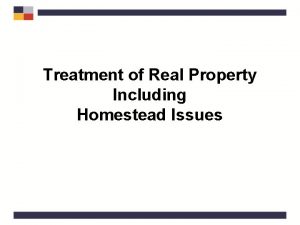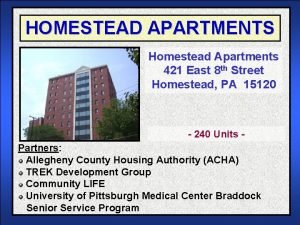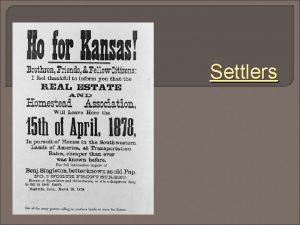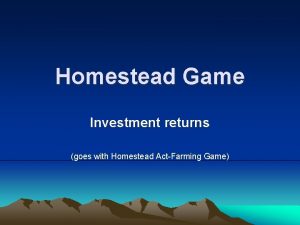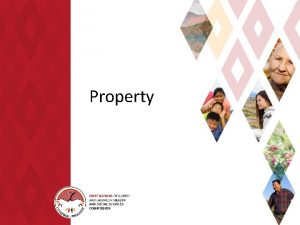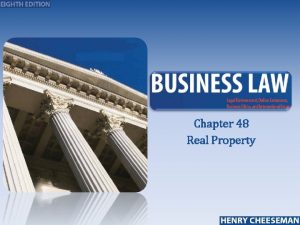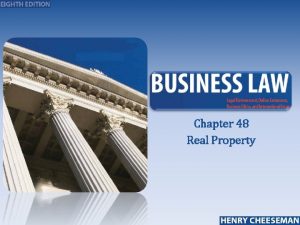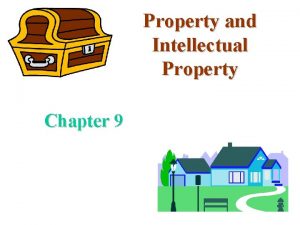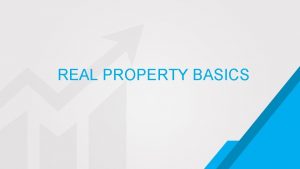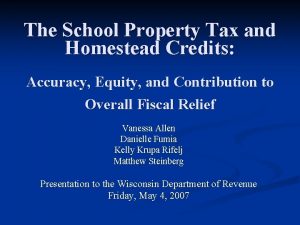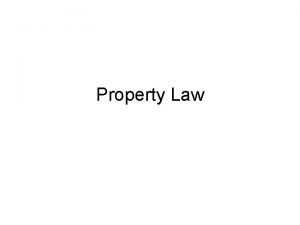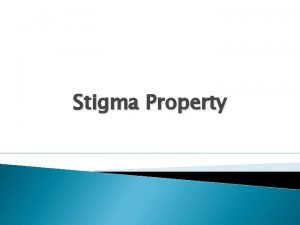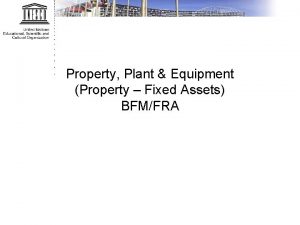Treatment of Real Property Including Homestead Issues Real
































- Slides: 32

Treatment of Real Property Including Homestead Issues

Real Property Issues Including Mortgages • Elimination of the conditional eligibility policy • When real property is a homestead • Home equity cap • Life estate issues • Treatment of mortgages

Real Property • Real property is land generally whatever is erected upon, growing upon, or affixed to the land • Real property also includes rights arising out of or in connection with land, such as air, mineral, water, or access rights

Treatment of Real Property • When real property owned by the A/R is a countable resource, it is considered available unless there is a legal impediment to the liquidation of the resource • If there’s no legal impediment, the equity value of the property is counted as a resource

Homestead Exemption • A homestead is exempt as long as it is the primary residence of the A/R or a family member • Family members may include the A/R’s spouse, minor children, certified blind or certified disabled children, and other dependent relatives

Homestead Exemption (cont'd) Dependent relative means any of the following relatives of the A/R, provided that over 50 percent of the maintenance needs of the relative are met by the A/R: • Child • Stepchild • Grandchild • Parent • Stepparent • Grandparent • Aunt • Uncle • Niece • Nephew • Brother • Sister • Stepbrother • Stepsister • Half-brother • Half-sister • Cousin • In-law

“Intent to Return Home” issues • When an otherwise exempt homestead is not occupied by a family member, the homestead remains exempt as long as the SSI-R Medicaid A/R expresses an “intent to return home”

“Intent to Return Home” issues • “Intent to return home” for homestead status does not require supporting medical evidence • “Intent to return home” for homestead status does not impact Chronic Care Budgeting when A/R expresses an “intent to return home”

“Intent to Return Home” issues • “Intent to return home” for homestead status has no impact on the requirement to impose a lien • “Intent to return home” for homestead status has no impact on home equity cap

Homestead Equity Interest Cap • If A/R’s equity interest exceeds $840, 000 (2017), the A/R is denied coverage for nursing facility services and community based long term care services (CBLTC)

Homestead Equity Interest Cap • A/R owns a million dollar home • Their mortgage is $900, 000 • The equity is $100, 000 • This is below the $840, 000 cap

Homestead Equity Interest Cap (cont’d) • A/R owns a million dollar home • Their mortgage is $150, 000 • The equity is $850, 000 • This is above the $840, 000 cap therefore the A/R is ineligible for nursing facility services and community based long term care services (CBLTC)

Homestead Equity Interest Cap (cont’d) • Ineligible individuals can NOT spenddown to become eligible for nursing facility service and CBLTC • Ineligible individuals MAY receive other MA services

Homestead Equity Interest Cap (cont’d) • The A/R’s home equity is $950, 000 • They can’t spend down ($110, 000) to the $840, 000 cap to become eligible

Homestead Equity Interest Cap (cont’d) • The home equity limitation does not apply if the homestead is occupied by the A/R’s: • Spouse • Minor child • Certified blind or certified disabled child of any age

Homestead Equity Interest Cap (cont’d) • The home equity provision does not apply to individuals who applied and were determined eligible prior to January 1, 2006 AND have no break in long term care eligibility after January 1, 2006

Homestead Equity Interest Cap (cont’d) • The home equity provision does not apply to individuals who are applying for Medicaid Extended Coverage after reaching minimum durational requirements under a NYS Partnership Plan • Total Asset Protection Policies and Dollar for Dollar Policies

Homestead Equity Interest Cap (cont’d) • A/R’s of MA may use a reverse mortgage or home equity loan to reduce the individual’s equity interest in the home • Payment received from a reverse mortgage or home equity loan are not counted as income in the month of receipt for eligibility purposes • Payments received from a reverse mortgage or home equity loan that are then given away for less than FMV are treated as a transfer

Undue Hardship • A/R’s who are not eligible for nursing facility services because of the value of their home equity interest may claim undue hardship

Undue Hardship (cont’d) • Undue hardship exists when the denial of MA services would deprive the A/R: • Of medical care such that their health or life would be endangered; OR • Of food, clothing, shelter or other necessities of life; AND • There is a legal impediment that prevents the A/R from being able to access their equity interest in the property

Homestead and Transfer • A homestead may be transferred to: • Spouse • Child under 21 • Certified Blind or Disabled Child of any age

Homestead and Transfer (cont. d) • A homestead may be transferred to: • Sibling who lived in the home for at least 1 year and has equity interest • Adult child who lived in the house hold for at least 2 years prior to the institutionalization, and provided care

Life Estate • Life estate is a limited interest in real property • Usually life estates are in the form of a life lease on property the person is using, or has used, for a homestead

Life Estate (cont’d) • Life estates for property that the A/R is or was using as a homestead: • Is not an available resource • No lien can be imposed on the life estate of an institutionalized individual

Life Estate and Transfer • If A/R makes a prohibited transfer of a home that they owned, but retains life estate, credit will be applied *See 06 OMM/ADM-5 (DRA) and 96 ADM-8 (OBRA’ 93) to determine the effect of Life Estate and transfer

Transfers and Conditional Life Estate • Conditional life estates terminate upon a specific event other than death, e. g. , the A/R has life estate until: § Entering a NH; § No longer residing on the property on a permanent basis; or § Needing MA

Transfers and Conditional Life Estate, cont’d • During the look-back period, if A/R has transferred their property but retained conditional life estate: § If the specific event has not occurred, no credit for life estate is given § When the specific event occurs, no penalty is assessed

Life Estate and Transfer • Assets used to purchase a life estate interest in property not owned by the A/R will be treated as a transfer • UNLESS, A/R resided at such property for 1 year after the date of purchase

Mortgages • If the A/R sells real property and holds the mortgage, the mortgage may be a resource • Mortgage held by the A/R is assumed to be negotiable, i. e. , can be sold, unless there is convincing evidence of a legal impediment to transferring ownership

Mortgages (cont’d) • If no legal impediment to transferring mortgage: • The outstanding principal balance is counted as a resource unless cash market value is shown to be less • Interest payments received are counted as income (unearned)

Mortgages (cont’d) • Example: • 10 years ago applicant sells property for $70, 000 and holds mortgage for that amount • Principal payments are $10, 000 • Balance of mortgage is $60, 000 • Persons buying a mortgage do so as an investment. They are willing to purchase the mortgage but for less than the outstanding principal

Mortgages (cont’d) • If there is a legal impediment to transferring the mortgage: • The mortgage principal is not an available resource • Payments of both principal and interest are counted as unearned income
 Three primary privacy issues are accuracy property and
Three primary privacy issues are accuracy property and Commutative property vs associative property
Commutative property vs associative property Obstructed heritage in hindu law
Obstructed heritage in hindu law Chemical property of matter
Chemical property of matter Why was homestead act important
Why was homestead act important Why did the homestead strike turn violent?
Why did the homestead strike turn violent? Homestead act advertisement
Homestead act advertisement Push/pull factors definition
Push/pull factors definition Why did the homestead strike turn violent
Why did the homestead strike turn violent Homestead act primary source
Homestead act primary source Http //camillasenior.homestead.com/motion graphs.pdf
Http //camillasenior.homestead.com/motion graphs.pdf Homestead appliance repair
Homestead appliance repair Introduced the homestead system in the philippines. *
Introduced the homestead system in the philippines. * Homestead act
Homestead act Somerset academy south homestead
Somerset academy south homestead Mars homestead project
Mars homestead project Homestead pennsylvania tourism
Homestead pennsylvania tourism Homestead act of 1863
Homestead act of 1863 Trec florida
Trec florida Homestead sitebuilder windows 10
Homestead sitebuilder windows 10 Printed words including dialogue
Printed words including dialogue It encompasses several different aspects including
It encompasses several different aspects including Ice quote method
Ice quote method The mutcd recommends the use of emergency vehicles
The mutcd recommends the use of emergency vehicles Animals including humans year 6
Animals including humans year 6 Animals including humans
Animals including humans Invertebrates including snails slugs and mussels
Invertebrates including snails slugs and mussels Animals including humans year 4
Animals including humans year 4 All of the cds even the scratched one
All of the cds even the scratched one Printed words including dialogue
Printed words including dialogue A square pyramid has how many faces
A square pyramid has how many faces Including samuel discussion questions
Including samuel discussion questions Invertebrates including snails slugs and mussels
Invertebrates including snails slugs and mussels
